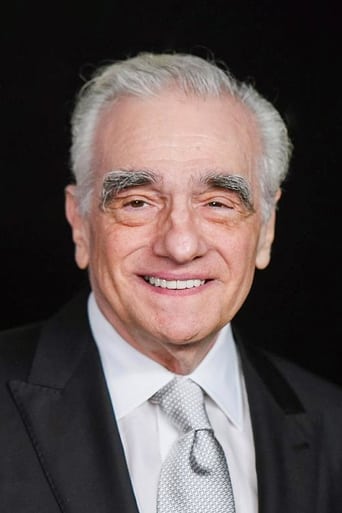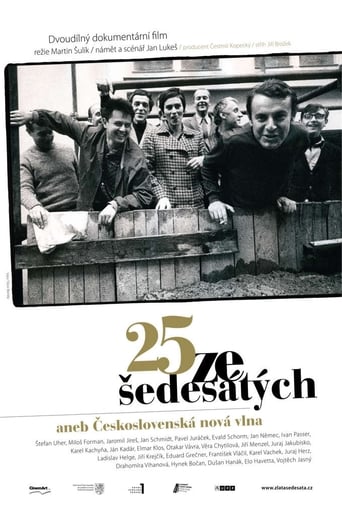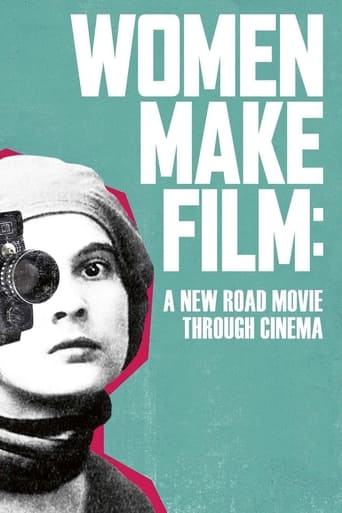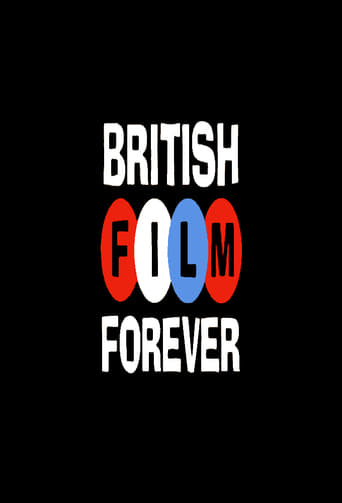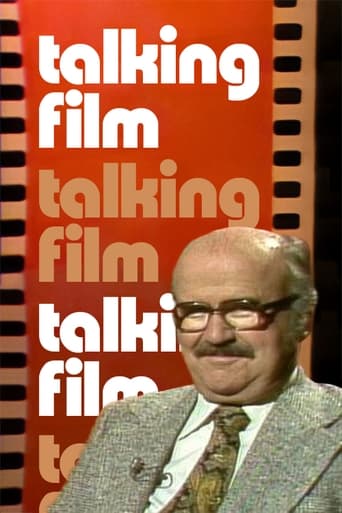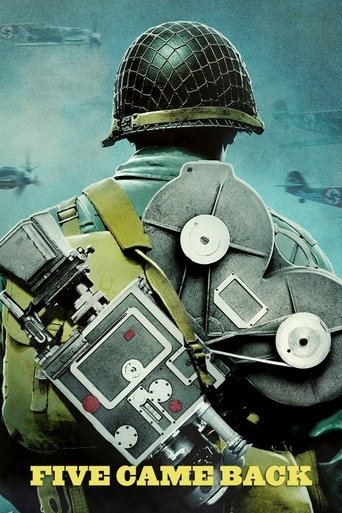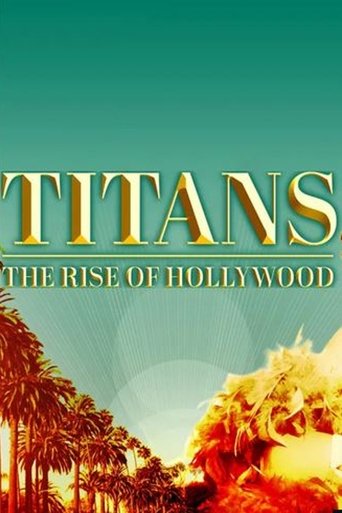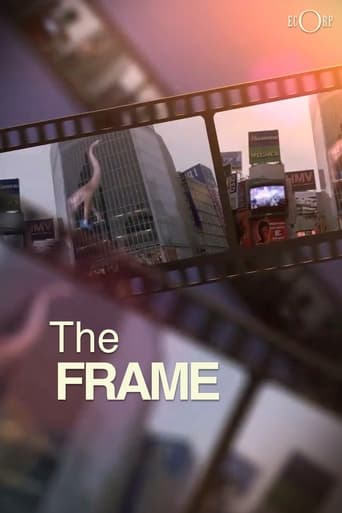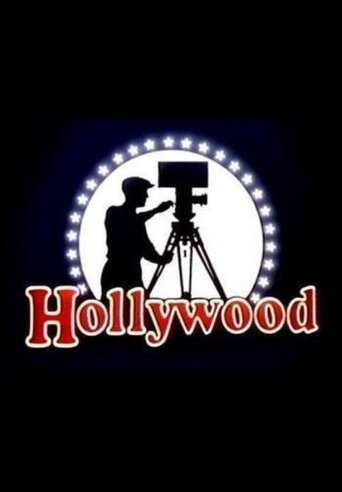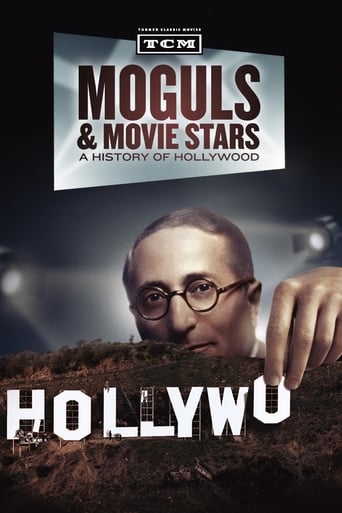
Part 1
Film director Martin Scorsese considers the American cinema, divided into short chapters each looking at one aspect of American film, including: the studio system past and present; the question of narrative; technique - both technical and the development of visual literacy specific to films. He also looks at B-movies, films noirs, Westerns, gangster movies and musicals and some of the great figures in American cinema, from von Stroheim and Welles to Kubrick and Cassavetes.
- Martin Scorsese
Country: GB | US
Language: En
Runtime: 75
Season 1:

Film director Martin Scorsese considers the American cinema, divided into short chapters each looking at one aspect of American film, including: the studio system past and present; the question of narrative; technique - both technical and the development of visual literacy specific to films. He also looks at B-movies, films noirs, Westerns, gangster movies and musicals and some of the great figures in American cinema, from von Stroheim and Welles to Kubrick and Cassavetes.

Martin Scorsese looks at the role of film as a technological innovation as directors use the challenges of widescreen, sound and colour to enhance their abilities to tell a story.

In the last part of Martin Scorsese's history of American cinema, he examines filmmakers who hid subversive or dangerous ideas within their movies, such as Nicholas Ray with Bigger Than Life and Orson Welles with Citizen Kane.

